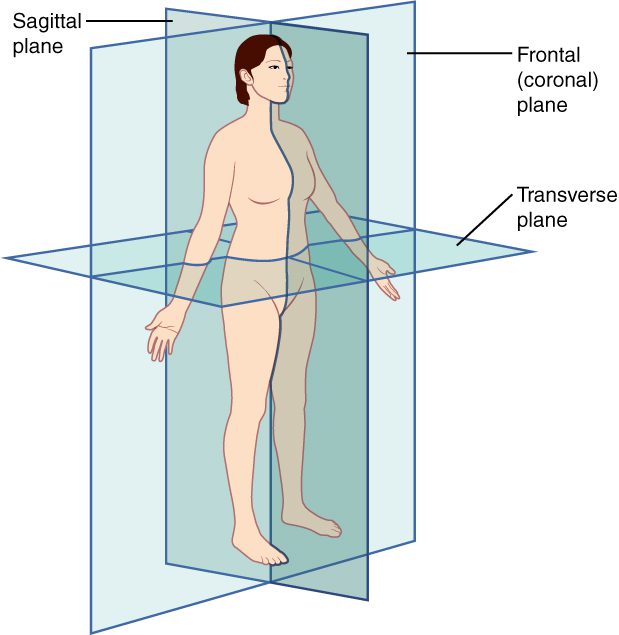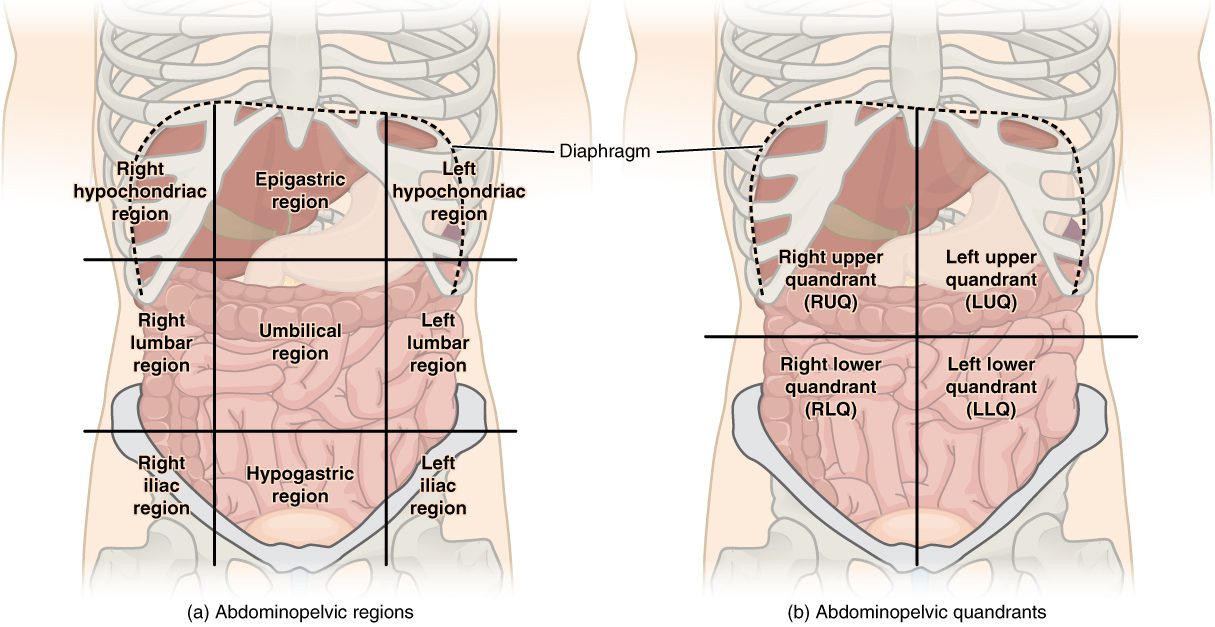ATI TEAS 7 Science Course
-
Introduction
Free ATI TEAS Science Diagnostic Test1 Quiz -
Human Anatomy and PhysiologyGeneral Anatomy and Physiology15m|3 Lessons|1 Quiz
-
Cardiovascular System30m|9 Lessons|1 Quiz
-
Respiratory System17m|4 Lessons|1 Quiz
-
Gastrointestinal System8m|2 Lessons|1 Quiz
-
Neuromuscular System43m|10 Lessons|1 Quiz
-
Reproductive System8m|2 Lessons|1 Quiz
-
Integumentary System11m|2 Lessons|1 Quiz
-
Endocrine System11m|3 Lessons|1 Quiz
-
Genitourinary System16m|4 Lessons|1 Quiz
-
Immune System13m|4 Lessons|1 Quiz
-
Skeletal System26m|6 Lessons|1 Quiz
-
Life and Physical SciencesApply Concepts of Mendel's Laws of Inheritance1 Quiz
-
Describe the Relationship Between Genetic Material and the Structure of Proteins3 Lessons|2 Quizzes
-
Describe Cell Structure, Function, and Organization9 Lessons
-
Describe the Structure and Function of the Basic Macromolecules in a Biological System1 Lesson|1 Quiz
-
Describe the Role of Microorganisms in Disease2 Lessons
-
ChemistryExplain Physical Properties and Changes of Matter11 Lessons|1 Quiz
-
Recognize Basic Atomic Structure36m|10 Lessons|1 Quiz
-
Describe Chemical Reactions1 Quiz
-
Understand Properties of Solutions
-
Scientific ReasoningUse Basic Scientific Measurements and Measurement Tools1 Quiz
-
Apply Logic and Evidence to a Scientific Explanation1 Quiz
-
Predict Relationships Among Events, Objects, and Processes1 Quiz
-
Apply the Scientific Method to Interpret a Scientific Investigation1 Quiz
-
Timed Practice Test SimulationsATI TEAS Science Practice Tests5h 15m|5 Quizzes
Levels of Organization and Divisions of the Abdomen
Welcome to Lesson 2 on an Introduction to Anatomy and Physiology
Levels of Organization and Divisions of the Abdomen
Lesson Goals
By the end of this lesson you will be able to:
1. Identify the levels of organization of the human body
2. Identify the 3 major anatomical planes
3. Identify the 4 quadrant and 9 region system for describing locations of anatomical structures
Vocabulary
Sagittal plane-plane running down the middle of the body and dividing the body into right and left sections
Coronal plane-plane dividing the body into anterior and posterior sections
Transverse plane-plane dividing the body into superior and inferior sections
Transpyloric plane-the superior transverse plane used in the 9 abdominal region system
Transtubercular plane-the inferior transverse plane used in 9 abdominal region system
Epigastric–term that means above the stomach
Hypochondriac-term used in the 9 abdominal regions to identify structures superior and lateral to the stomach
Lumbar-term meaning the region of the low back and also used in the 9 abdominal region system for describing the location of structures lateral to the umbilicus
Umbilicus-the naval which indicates the center of the abdomen
Iliac-term meaning the lower lateral abdominal regions
Inguinal-term sometimes used in the 9 abdominal regions indicating the lower lateral abdomen
Hypogastric-term meaning below the stomach
Levels of Organization
The body is organized according to levels of complexity. The lowest level of complexity is the atom. The highest level of complexity is the organism.
Here are the levels from lowest to highest complexity:
- Atom
- Molecule
- Cell
- Organ
- Organ System
- Organism (human body)
Anatomical Planes
A plane is a 2 dimensional object that can divide the body into 2 sections. Anatomical planes are used for studying slices of the body. For example, magnetic resonance
imaging (MRI) can “slice” the body into sections to look for abnormalities.
The anatomical planes divide the body in various ways.
The sagittal plane divides the body into right and left sections.
The coronal plane divides the body into anterior and posterior sections and the transverse plane divides the body into superior and inferior sections.
Abdominal Divisions
Abdominal divisions are used to describe the locations of pain, injuries and abnormalities in the abdominal area.
There are essentially 2 ways to divide the abdomen which include the 4 quadrant method and the 9 abdominal regions method.
For the 4 quadrant method, a sagittal and transverse plane intersect at the umbilicus. The quadrants are the right and left upper quadrants and right and left lower quadrants.
It is good to know some of the organs in each quadrant. For example, the gallbladder is in the right upper quadrant, the appendix in the right lower quadrant and the spleen is in the left upper quadrant.
The 9 abdominal regions are a bit more complex.
Four planes are needed to divide the abdomen into 9 equal sections. There are 2 parasagittal planes (sometimes called lateral lines) and 2 transverse planes. The superior transverse plane is called the transpyloric plane and the inferior plane is called the transtubercular plane. The center of the 9 regions is the umbilicus. The 3 superior regions are the epigastric and right and left hypochondriac. The middle regions are the umbilical and right and left lumbar.
The lower regions are the hypogastric and right and left iliac or inguinal.
Study the anatomical planes and abdominal divisions in the image below:



